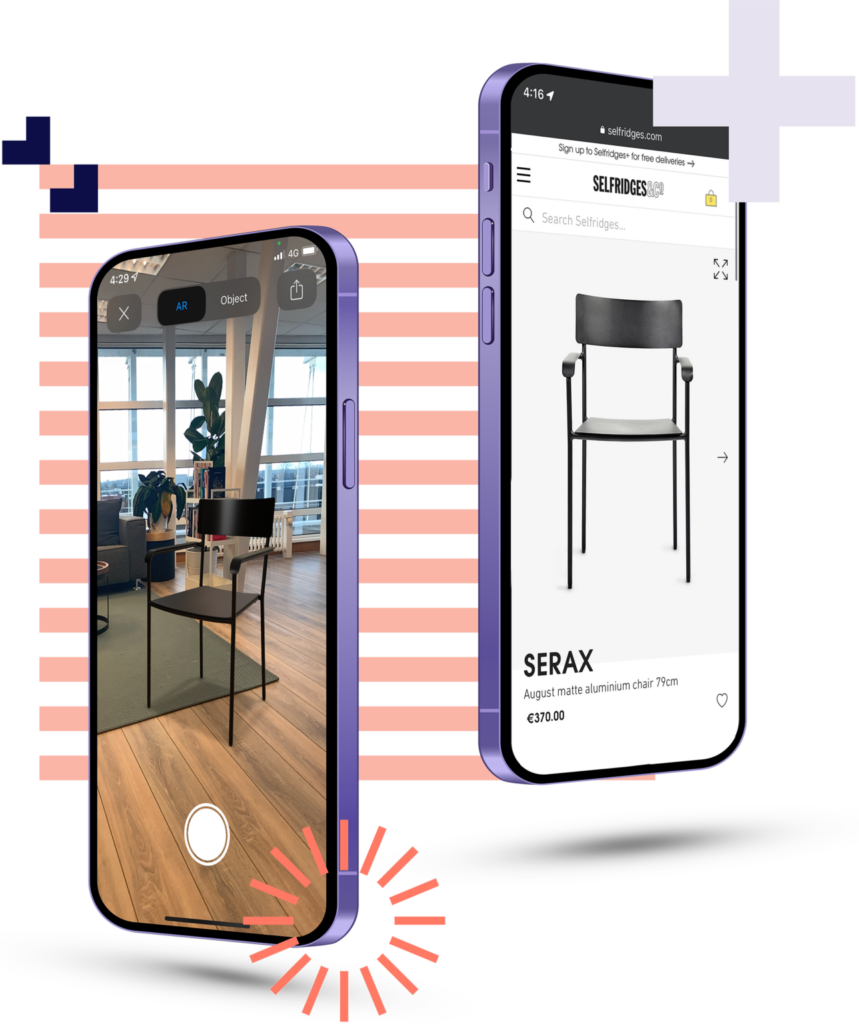How it works
Once you have implemented the below steps, any time a customer adds the product to the cart, the event will be recorded in the Rendered analytics. One advantage of this is that it only occurs when the 3D product viewers has been loaded.
This gives you the ability to directly compare and measure the conversions from 3D product viewer views and add to cart metrics.
How to implement
To ensure that we can track when a customer adds a product to their cart on your website, you need to make a small adjustment to the add to cart button.
- Identify the “Add to Cart” button: Find the button on your website that customers press to add items to their cart.
- Add a Special Identifier: Once you have identified the button, you need to add a specific identifier to it. This is just a small piece of code that helps our system recognize the button. The identifier is: rd_add_to_cart.
For example, if your button’s code currently looks like this:
<button id="AddToCartButtonID">Add to Cart</button>
You should update it to:
<button id="AddToCartButtonID" class="rd_add_to_cart">Add to Cart</button>
It is likely that your button currently already has a class assigned, this is not a problem. Buttons and all html elements can have multiple class elements assigned seperated by a space.
That’s it! Once you’ve added the rd_add_to_cart identifier to your button, our system will automatically track every time a customer presses the “Add to Cart” button. This allows us to provide you with accurate data about how often products are being added to carts on your website.
Remember, adding this identifier doesn’t change how your button looks or works—it just allows us to track it better. If you have any questions or need assistance, please let us know!
Why track add to cart and not actual purchases
- Top-of-Funnel Analysis: “Views” gauge initial interest, while “add-to-cart” actions reveal stronger intent.
- Conversion Rate Optimization: Comparing views to add-to-cart actions highlights product page effectiveness.
- Customer Intent: Add-to-cart reveals customer interest, offering opportunities for retargeting campaigns.
- External Purchase Barriers: Final purchases can be influenced by external factors like payment options, making add-to-cart a more consistent metric of product appeal.



